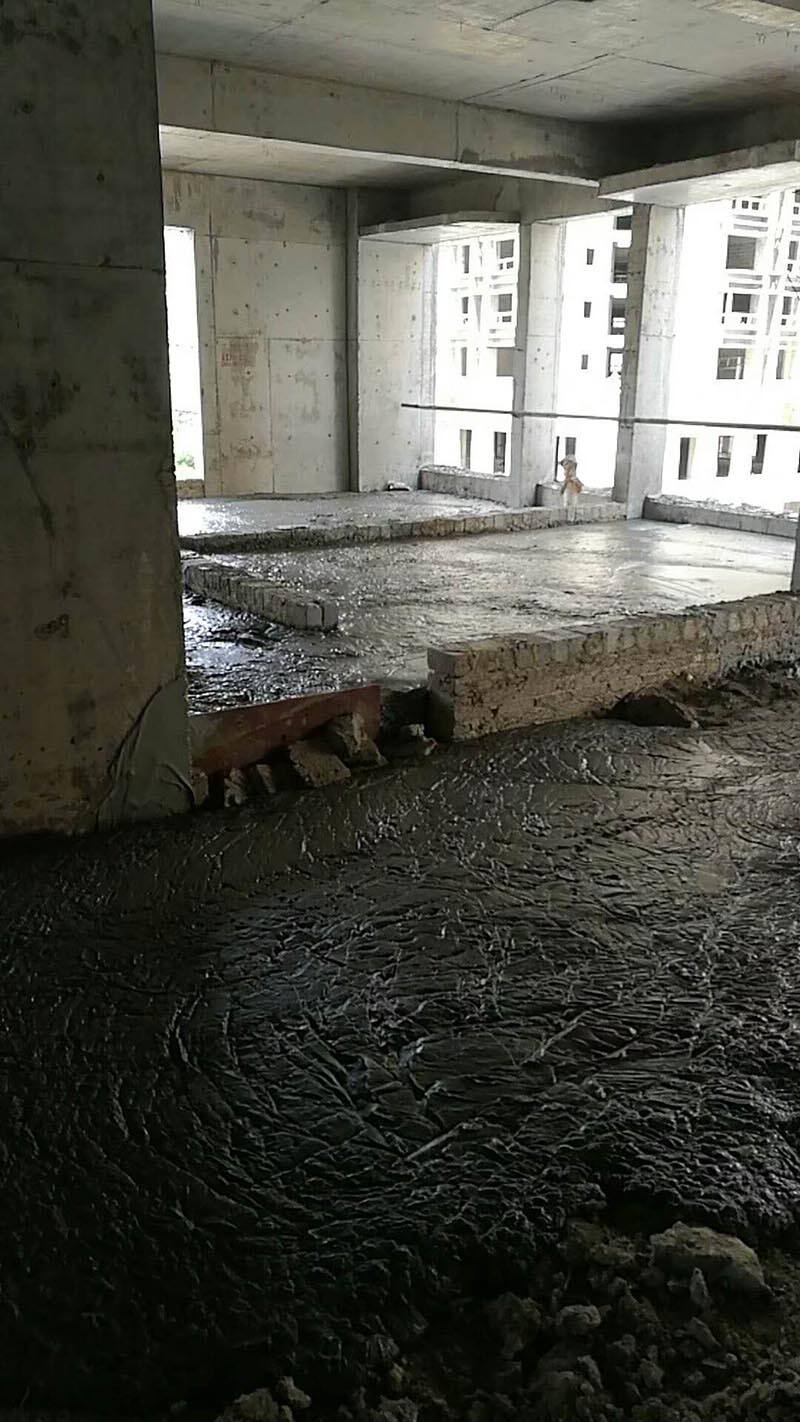Il calcestruzzo cellulare può essere utilizzato come strato protettivo per il riscaldamento a pavimento, ma la densità e lo spessore appropriati devono essere selezionati in base alla situazione specifica.
1. Introduzione del calcestruzzo cellulare
Cemento espanso è un tipo di materiale isolante leggero, composto da cemento, sabbia, agente schiumogeno a bolle e altre materie prime mescolate. Ha ottime prestazioni di isolamento termico, resistenza alla corrosione, prevenzione incendi, sismica, isolamento acustico, costruzione conveniente e altre caratteristiche. È ampiamente utilizzato nel campo delle costruzioni nella produzione di pareti divisorie, piastre per pavimenti e altri componenti, e utilizzato anche per alcune occasioni speciali di isolamento termico e riempimento.

2. Vantaggi e svantaggi del calcestruzzo cellulare come strato protettivo del riscaldamento a pavimento
1. Vantaggi
(1) buon effetto isolante: il calcestruzzo espanso ha buone prestazioni di isolamento termico, può ridurre efficacemente la dissipazione del calore.
(2) Elevata resistenza alla compressione: dopo aver rinforzato il trattamento del calcestruzzo schiumogeno, la sua densità può raggiungere 250-600 kg/m³, questa densità del calcestruzzo schiumogeno può resistere alle attività pedonali a terra e alla leggera pressione dei veicoli a motore, può proteggere bene il tubo del riscaldamento a pavimento.
(3) Costruzione semplice: il calcestruzzo espanso può essere versato direttamente sul terreno, non è necessario che sia come il calcestruzzo di fango e sabbia, pressione, filo di trazione e altri complessi processi di costruzione.

3. Applicazione del calcestruzzo cellulare nello strato di protezione del riscaldamento a pavimento
Poiché il calcestruzzo espanso ha buone prestazioni di isolamento termico e resistenza alla compressione, il calcestruzzo espanso può essere utilizzato anche nello strato protettivo del riscaldamento a pavimento. Ma il seguente lavoro deve essere svolto bene:
(1) Scegliere la densità e lo spessore appropriati: il calcestruzzo cellulare come strato protettivo del riscaldamento a pavimento deve avere una certa resistenza alla compressione, in genere si consiglia di utilizzare calcestruzzo cellulare con una densità di 300-500 kg/m³ e uno spessore di 5-8 cm.
(2) prima della costruzione dovrebbe essere effettuato un buon trattamento impermeabile: il calcestruzzo espanso come strato protettivo del riscaldamento a pavimento, deve avere un certo effetto impermeabile, per garantire che il tubo del riscaldamento a pavimento non venga eroso dall'acqua.
(3) Aggiungere un altro strato di pellicola protettiva per il riscaldamento a pavimento allo strato superficiale del calcestruzzo cellulare per migliorare le prestazioni di protezione.

[Conclusione]
Il calcestruzzo espanso può essere utilizzato come strato protettivo del riscaldamento a pavimento, ma la densità e lo spessore appropriati devono essere selezionati in base alla situazione specifica. Prima della costruzione, effettuare ulteriori misure impermeabili per garantire il funzionamento sicuro della conduttura del riscaldamento a pavimento.


